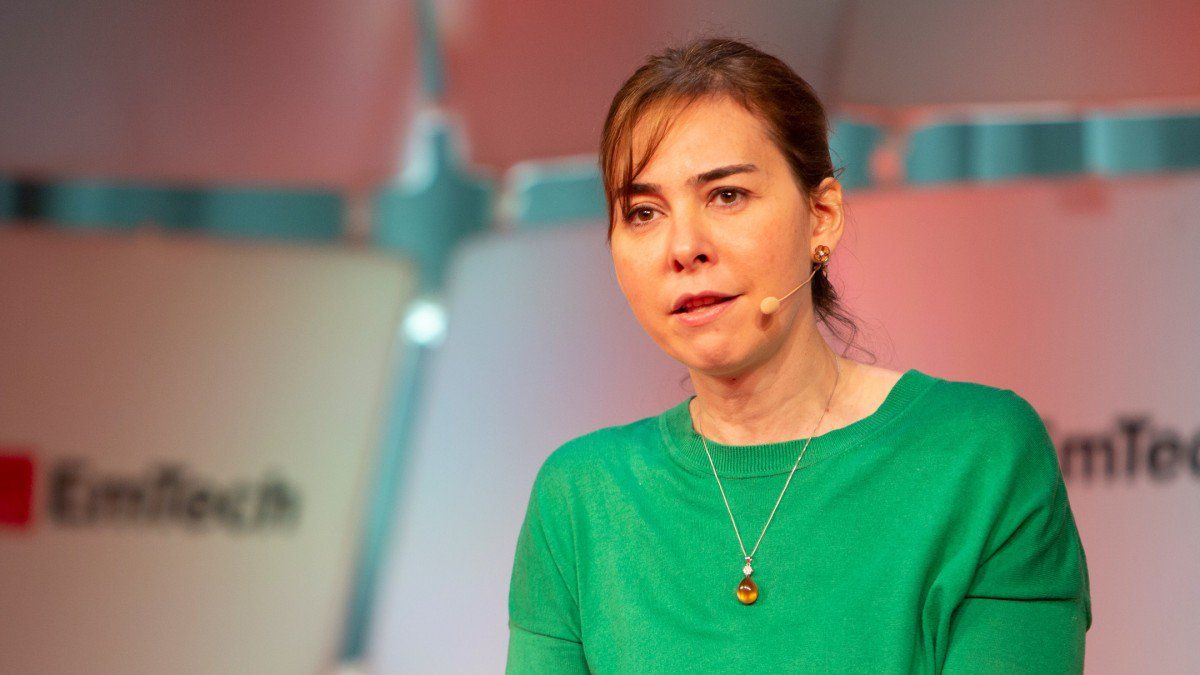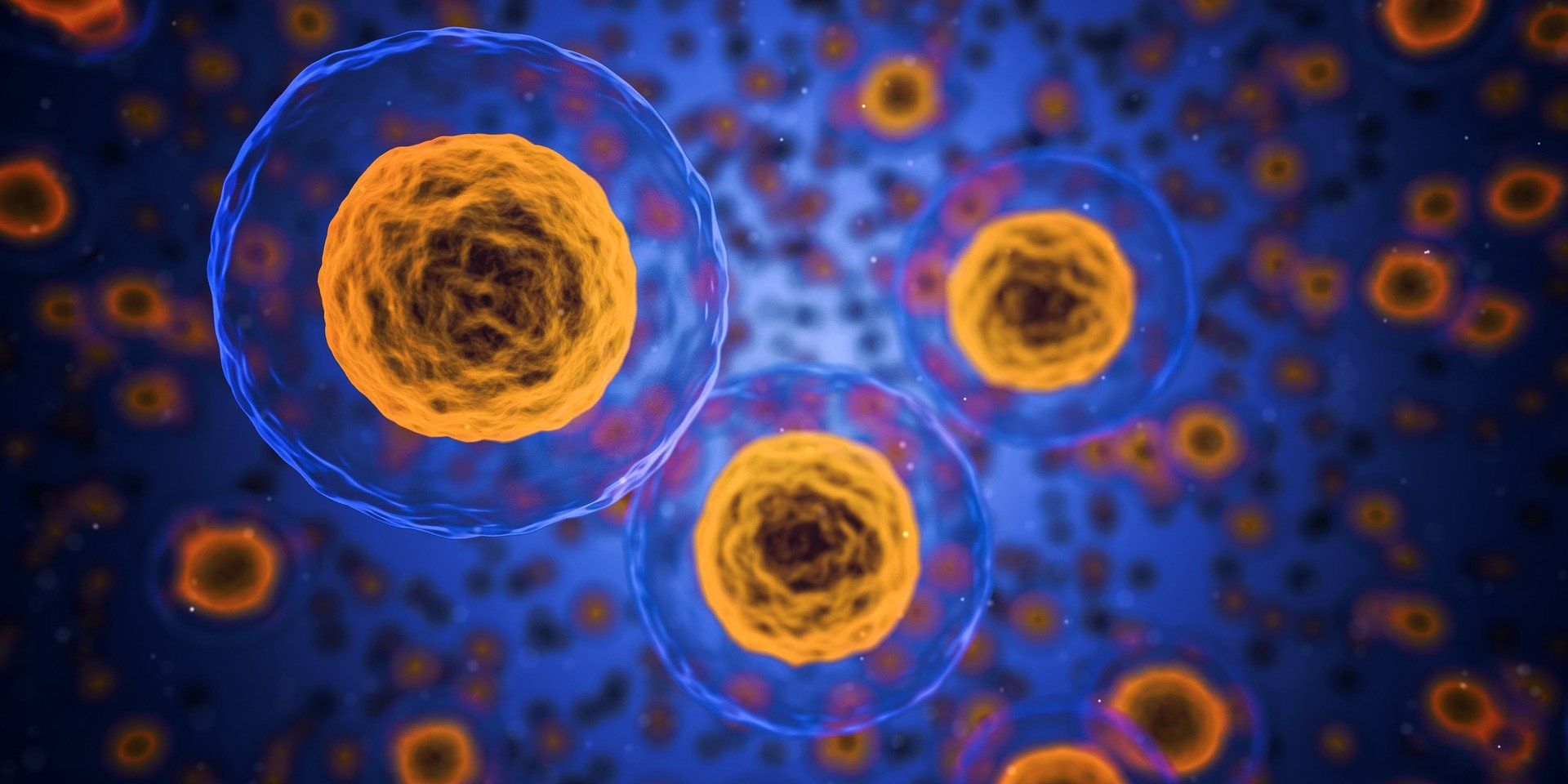The dust is settling on the Red Planet. Is the remaining Mars Exploration Rover about to rise and shine after three months of slumber? MER Project Manager John Callas returns with a realistic yet hopeful assessment. He also tells us what Opportunity will be asked to do after we hear from her. Planetary Society Senior Editor Emily Lakdawalla returns with a preview of China’s next two missions to the Moon, one of which will make the first-ever farside landing. How close is the nearest black hole? We’ll get the answer as Bruce and Mat explore the night sky in this week’s What’s Up.
Page 9767
Sep 13, 2018
Accelerating electrocatalyst discovery with machine learning
Posted by Saúl Morales Rodriguéz in categories: engineering, robotics/AI, space, sustainability

Researchers are paving the way to total reliance on renewable energy as they study both large- and small-scale ways to replace fossil fuels. One promising avenue is converting simple chemicals into valuable ones using renewable electricity, including processes such as carbon dioxide reduction or water splitting. But to scale these processes up for widespread use, we need to discover new electrocatalysts—substances that increase the rate of an electrochemical reaction that occurs on an electrode surface. To do so, researchers at Carnegie Mellon University are looking to new methods to accelerate the discovery process: machine learning.
Zack Ulissi, an assistant professor of chemical engineering (ChemE), and his group are using machine learning to guide electrocatalyst discovery. By hand, researchers spend hours doing routine calculations on materials that may not end up working. Ulissi’s team has created a system that automates these routine calculations, explores a large search space, and suggests new alloys that have promising properties for electrocatalysis.
Continue reading “Accelerating electrocatalyst discovery with machine learning” »
Sep 13, 2018
Scientists design new metabolic technology to open scientific data for everyone
Posted by Saúl Morales Rodriguéz in category: biotech/medical
Patients want to see their medical information. Researchers want to share their data.
Now, scientists at Scripps Research have released a new technology designed to make these measurements easier to perform and more accessible to practitioners, scientists and the general public.
“This is really about data sharing and accelerating the process of discovery,” says Gary Siuzdak, Ph.D., professor at Scripps Research and co-corresponding author of the new XCMS/METLIN open data analysis platform, published recently in Nature Methods.
Continue reading “Scientists design new metabolic technology to open scientific data for everyone” »
Sep 13, 2018
An ultracompact laser has been made using nanoscale semiconductor columns
Posted by Saúl Morales Rodriguéz in category: nanotechnology
A tiny laser comprising an array of nanoscale semiconductor cylinders (see image) has been made by an all-A*STAR team. This is the first time that lasing has been achieved in non-metallic nanostructures, and it promises to lead to miniature lasers usable in a wide range of optoelectronic devices.
Microscale lasers are widely used in devices such as CD and DVD players. Now, optical engineers are developing nanoscale lasers—so small that they cannot be seen by the human eye.
A promising method is to use arrays of tiny structures made from semiconductors with a high refractive index. Such structures act as tiny antennas, resonating at specific wavelengths. However, it has been challenging to use them to construct a cavity—the heart of a laser, where light bounces around while being amplified.
Continue reading “An ultracompact laser has been made using nanoscale semiconductor columns” »
Sep 13, 2018
Tiny camera lens may help link quantum computers to network
Posted by Saúl Morales Rodriguéz in categories: quantum physics, robotics/AI
An international team of researchers led by The Australian National University (ANU) has invented a tiny camera lens, which may lead to a device that links quantum computers to an optical fibre network.
Quantum computers promise a new era in ultra-secure networks, artificial intelligence and therapeutic drugs, and will be able to solve certain problems much faster than today’s computers.
The unconventional lens, which is 100 times thinner than a human hair, could enable a fast and reliable transfer of quantum information from the new-age computers to a network, once these technologies are fully realised.
Sep 13, 2018
A.I.-powered Grammarly comes to Google Docs to improve your writing
Posted by Genevieve Klien in category: robotics/AI
Grammarly announced that it will now work on Google Docs through a browser extension. The artificial intelligence-powered grammar checking tool joins Google’s native A.I.-powered tool to help improve both individual and collaborative writing efforts on Google Docs.
Sep 13, 2018
Scientists Want to Align Your Internal Clock Because Timing Is Everything
Posted by Genevieve Klien in categories: biotech/medical, health
Your body’s internal clock, or the circadian rhythm, regular when you sleep and wake, when you’re hungry, and when you’re most productive. Because of its effect on so much of our lives, it also has an enormous impact on our health, so sleep experts have designed a blood test to signal when your body is out of sync.
Sep 13, 2018
SpaceX booked ‘world’s first’ private passenger for a BFR Moon trip
Posted by Genevieve Klien in category: alien life

We haven’t seen SpaceX’s BFR — the rocket that it hopes will enable trips around the world, to the Moon, and, eventually, to Mars — actually take flight yet, but the company says it has already booked a private passenger for a trip around the Moon. No one has been there since Apollo missions ended in the 70s, but now, in a “world’s first” SpaceX is apparently taking reservations. Details like who is going and “why” are to be revealed during a livestream on Monday September 17th at 9 PM ET.
Sep 13, 2018
Soon your doctor will be able to wirelessly track your health—even through walls
Posted by Bill Kemp in categories: biotech/medical, health, wearables
MIT professor Dina Katabi is building a gadget that can sit in one spot and track everything from breathing to walking, no wearables required.
Sep 13, 2018
Disrupting genetic processes reverses ageing in human cells
Posted by Mike Ruban in categories: biotech/medical, genetics, life extension
Research has shed new light on genetic processes that may one day lead to the development of therapies that can slow, or even reverse, how our cells age.
A study led by the University of Exeter Medical School has found that certain genes and pathways that regulate splicing factors – a group of proteins in our body that tell our genes how to behave—play a key role in the ageing process. Significantly, the team found that disrupting these genetic processes could reverse signs of ageing in cells.
The study, published in the FASEB Journal, was conducted in human cells in laboratories. Aged, or senescent, cells are thought to represent a driver of the ageing process and other groups have shown that if such cells are removed in animal models, many features of ageing can be corrected. This new work from the Exeter team found that stopping the activity of the pathways ERK and AKT, which communicate signals from outside the cell to the genes, reduced the number of senescent cells in in cultures grown in the laboratory. Furthermore, they found the same effects from knocking out the activity of just two genes controlled by these pathways—FOX01 and ETV6.
Continue reading “Disrupting genetic processes reverses ageing in human cells” »
















